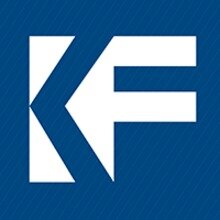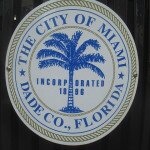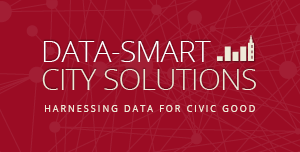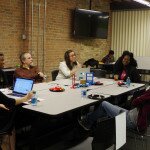This month I spent some time with Terry Mazany, Daniel Ash, and some of our colleagues from other community foundations in a series of design thinking sessions with the Knight Foundation in the context of their Community Information Challenge.
Here’s a blog post from Knight summarizing all of the great work in this program, Foundations take on projects to improve local news and information, and here’s a snip:
Chicago, meanwhile, has plenty of news media that are city-focused, but they are also feeling the pinch of shrinking revenues. The Chicago Community Trust, then, takes a different approach to local information by keying in on what’s deficient: boosting citizen engagement and building technology for Chicago-area residents to use in gathering and analyzing information and public data themselves. It’s information self-empowerment driven by technology. This approach channels what journalism professor and media provocateur Jeff Jarvis advocates when he writes: “The internet has proven to be good at helping communities inform themselves.”
A core component of the Trust’s information strategy is the Smart Chicago Collaborative, headed by technologist and EveryBlock co-founder Daniel X. O’Neil. Smart Chicago works to lessen the “digital divide” by helping more Chicagoans gain access to the Internet, then takes the next step by creating data-oriented Web applications designed for use by the public. Getting people to use the applications is accomplished in various ways, including “Civic User Testing” groups, a set of Chicago residents who get paid (modest amounts) to test civic apps. (And watch for an “Unsummit” in 2015 that will bring out the community around neighborhoods data collected and analyzed by Chicagoans using these apps.)
Meantime, here’s a picture I took of the house that was used in the movie, “A Christmas Story”, including the leg lamp!
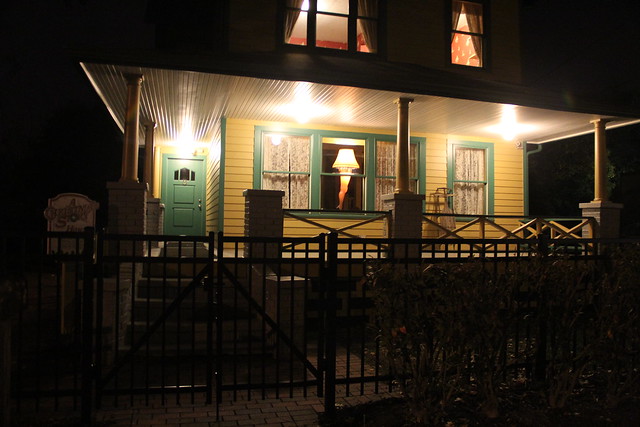
A Christmas Story House, Cleveland, at Night
